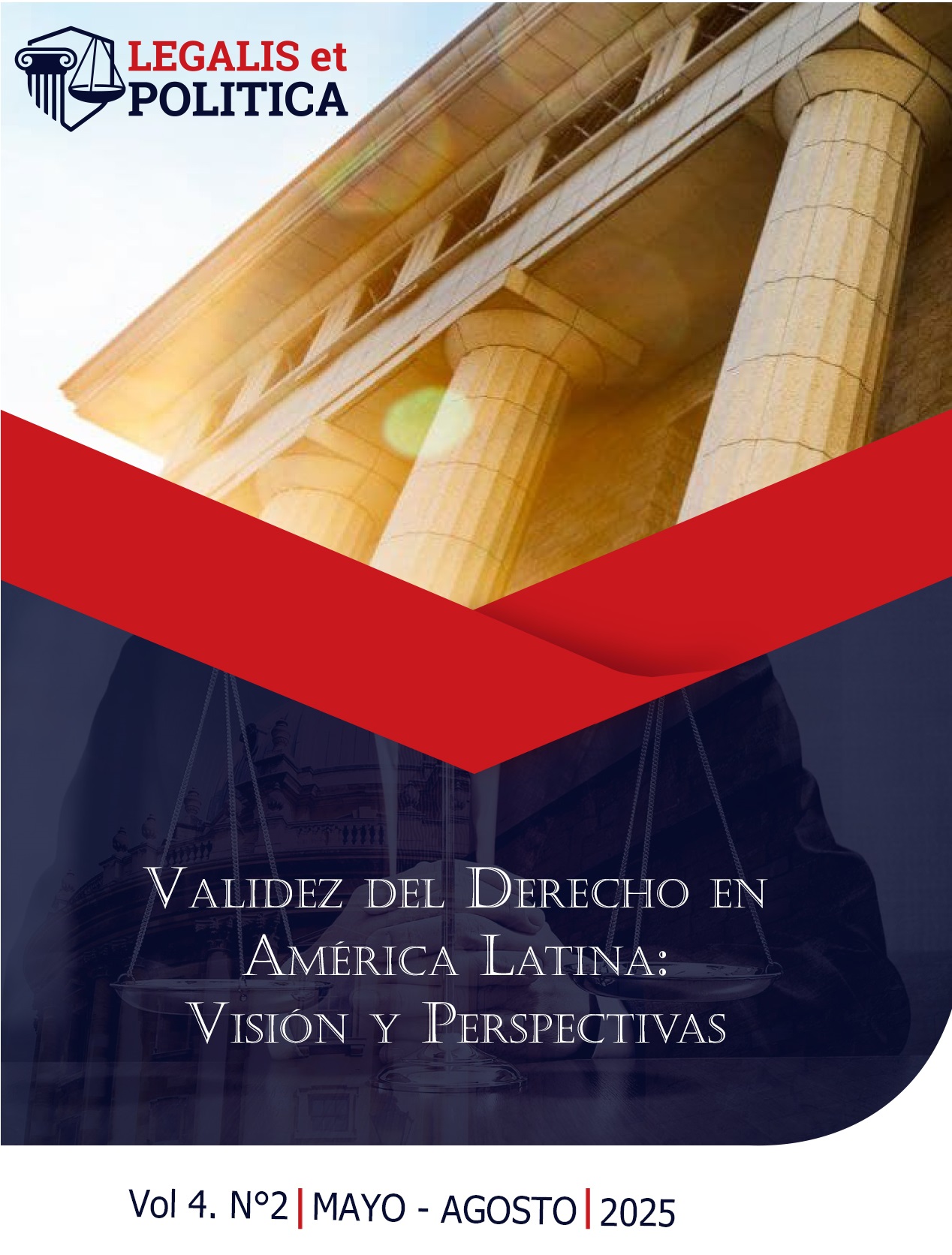Bioethical debate based on the antimicrobial spectrum of silver sulfadiazine against bacteria cultivated in public hospitals
Keywords:
Bioethical debate, Antimicrobial spectrum, Silver Sulfadiazine, Cultured bacteriaAbstract
The fundamental objective of this research was to address the bioethical debate based on the antimicrobial spectrum of Silver Sulfadiazine against bacteria cultured in public hospitals. The research was applied and descriptive, being a feasible project, with a laboratory and transversal experimental design. The data were collected by the researchers through direct observation in the facilities of the Autonomous Service of the University Hospital of Maracaibo (SAHUM), the Center for Comprehensive Care of the Burned Patient (CAINPAQ) and the Bacteriology laboratory of the Coromoto Hospital of Maracaibo, General Hospital. of Cabimas and Pedro Garcia Clara Hospital of Ciudad Ojeda, all of them located in the State of Zulia, Venezuela. The information was processed statistically and organized in tables, tables and/or graphs, through descriptive statistics for the analysis of the research results. It was concluded that Silver Sulfadiazine acted on Staphylococcus aureus MRSA, MSSA and coagulase negative MR, inhibiting its growth, generating inhibition halos of 14-15mm, without producing oxidative changes in its structure and much less staining effects to differentiate the strains. gram positive or gram negative. Against the rest of the strains studied such as Klebsiella Pneumoniae, Echerichia Coli, Pseudomona Aeruginosa, Proteus Mirabilis, Burkholderia cepacia and Acinetobacter baumannii, it does not have antibacterial effects inhibiting its growth, it did not produce inhibition in the growth halos nor did it generate oxidative changes in its structure. It also did not produce staining effects to differentiate gram-positive or gram-negative strains.




